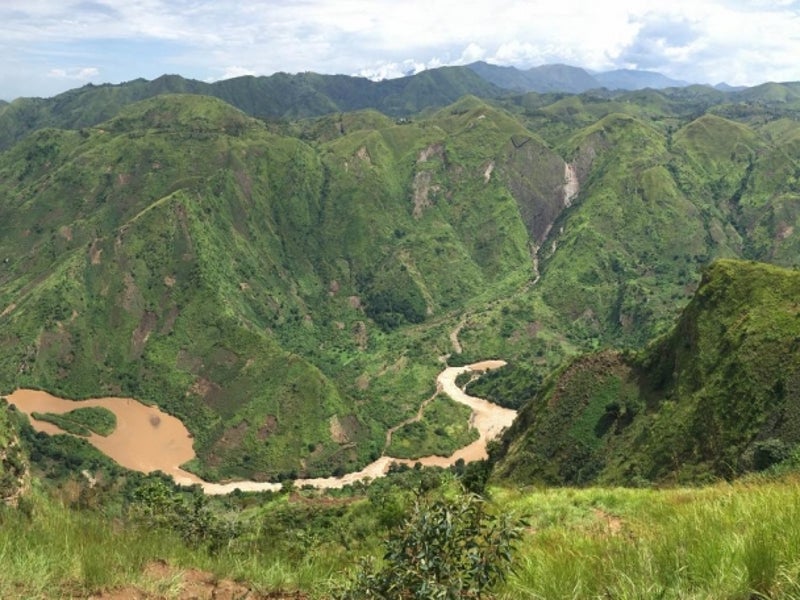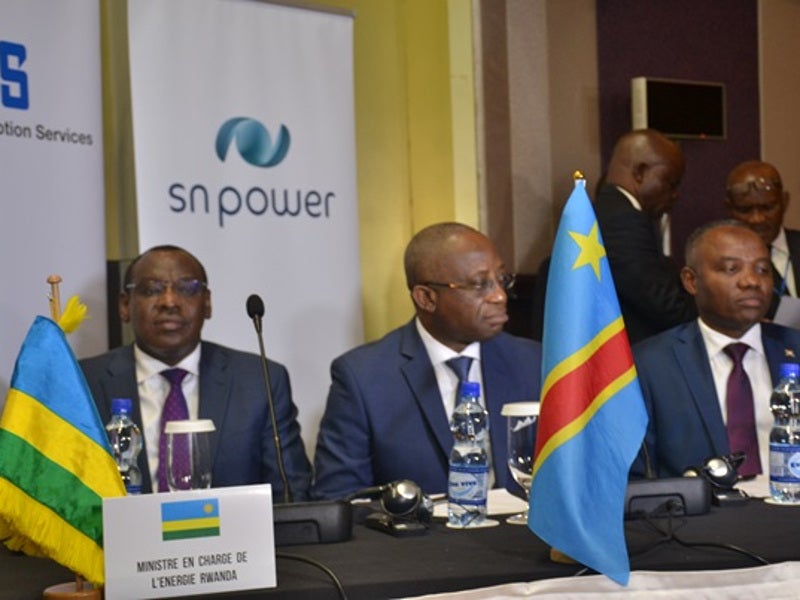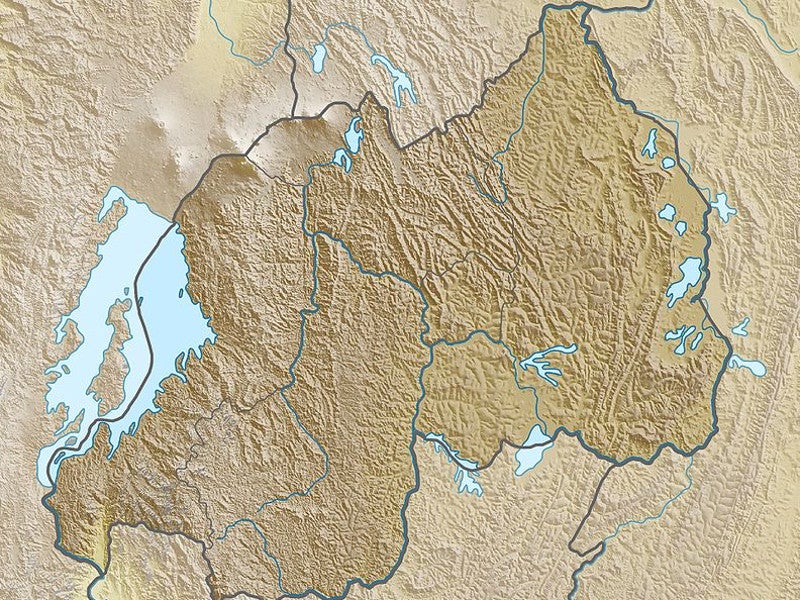The Ruzizi III is a 147MW hydropower project being developed on the Ruzizi River that flows along the borders of the Democratic Republic of Congo (the DRC), Burundi, and Rwanda.
The project is being developed as a public-private partnership (PPP) between the three countries, a consortium of Industrial Promotion Services (IPS) and SN Power through a 25-year concession agreement. The consortium will develop the plant under build, own, operate and transfer (BOOT) basis and will run the plant as an independent power producer.
In July 2019, the project agreement was signed after negotiations between the Communauté Economique des Pays des Grands Lacs (CEPGL) member states (Burundi, the DRC and Rwanda) and the consortium.
Each three of the contracting states will have a stake of 10% with an equal off-take share in the project, through CEPGL’s energy affiliate Energie des Grands Lacs (EGL). The consortium will own the remaining 70% stake.
The project is being developed with an estimated investment of $650m to $700m and is expected to be operational by 2026. It is anticipated to generate 675 gigawatt hours (GWh) of energy a year.
Ruzizi III hydropower plant location
The Ruzizi III hydropower plant is being constructed on the Ruzizi River in Central Africa. The Ruzizi River flows southwards from Lake Kivu into Lake Tanganyika. It forms a natural border between Rwanda and the DRC, as well as Burundi and the DRC.
The new plant will be located downstream of the existing Ruzizi I and Ruzizi II hydropower plants.
Ruzizi III hydropower plant details
The project will involve the construction of a 120m-long diversion dam, a 7km headrace tunnel with a head height of 110m, a 220kV switchyard, and a 10km transmission line to the Kamanyola substation in the DRC. The reservoir will have a storage capacity of 1.9 million cubic metres.
The Ruzizi III hydropower plant (HPP) will be a run-of-the-river hydroelectric plant with three power generation units, each integrating a Francis-type turbine and an alternator. The turbine generator units will be placed in a surface powerhouse located 3.9km from the dam.
A 3.9km-long penstock will also be constructed on the Rwandan side, while the derivation channel will be dug on the Congolese side of the river.
Each turbine of the power plant will be designed for a maximum flow rate of 50m³/s, providing a cumulative plant discharge of 150m³/s.
The Ruzizi I, II, and III plants will operate as a cascade, and the same water will flow successively through the turbines of the three power plants.
A small generating unit will be built at the dam site to generate power from the ecological flow released into the bypassed stretch of the river between the dam and power station.
The electricity generated from the Ruzizi III HPP will be transported by 220kV lines that connect the elevating substation of the powerhouse to the transmission substation, while a smaller 30kV line will transmit power to the dam site.
Details of the Ruzizi hydropower cascade
The Ruzizi hydropower cascade also includes two existing hydropower projects along the river, Ruzizi I HPP and Ruzizi II HPP.
Ruzizi I is a 29.8MW power plant commissioned in 1959. It is located 3km downstream of the outlet of the Lake Kivu. Commissioned in 1989, Ruzizi II is a 36MW power plant located downstream of Ruzizi I.
Currently, Ruzizi I operates at 21.2MW capacity, while Ruzizi II is also running below its rated capacity due to technical complications.
In addition to the Ruzizi III HPP, a fourth plant named Ruzizi IV HPP with a capacity of 287MW is also being planned for the Ruzizi cascade.
Financing
International financial institutions such as the World Bank, the EU, the European Investment Bank (EIB), the African Development Bank (AfDB), Kreditanstalt Für Wiederaufbau (KFW), and French Development Agency (AFD) will fund 60% of the project cost.
AfDB authorised a $138m loan to support the development of the Ruzizi III hydropower plant in January 2016.
The EU-Africa Infrastructure Trust Fund (EU-AITF) approved a total technical assistance grant of €4.2m ($4.6m) for the project. Its executive committee also authorised an investment grant to co-finance the development costs of the project.
The grant will be converted into the governments’ equity at financial closure. An additional grant was also approved to cover the equity participation of Rwanda and Burundi in 2017.
Contractors involved in Ruzizi III HPP
Sofreco and Fichtner conducted the feasibility study for the project.
Hunton & Williams (H&W) acted as the advisors to assist EGL in the development of the Ruzizi III HPP project.
Gide provided advisory services to the member states of CEPGL.






